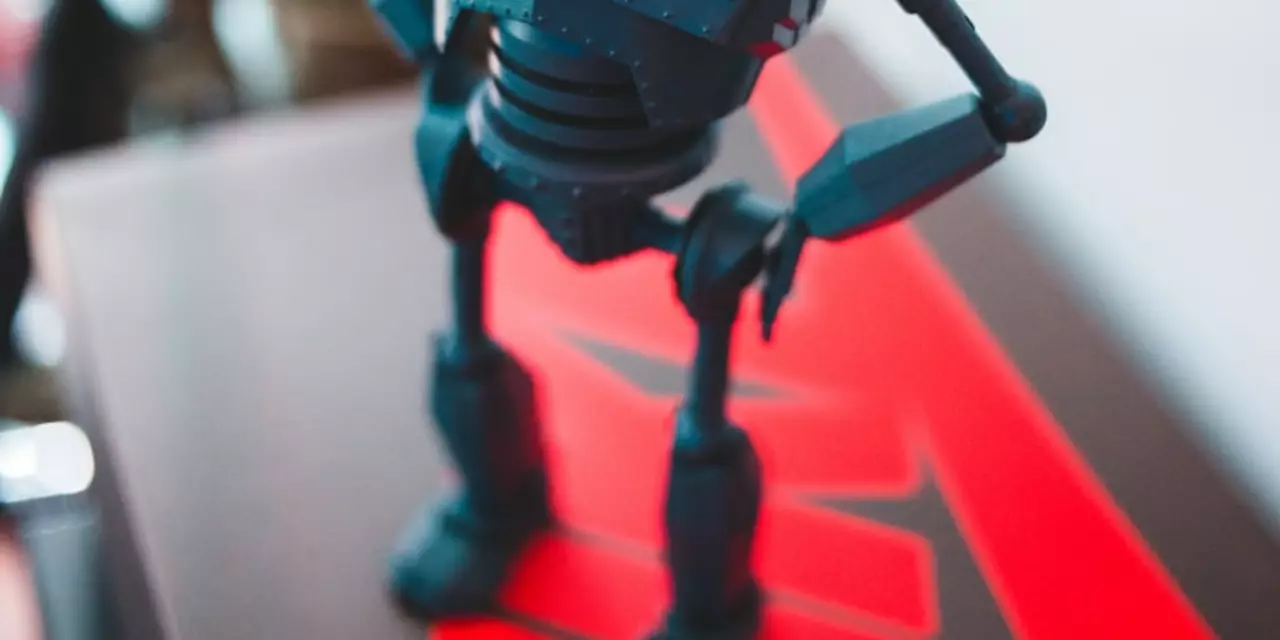Scanning Your Rope Work: Simple Steps for Safer Shibari
When you’re in the middle of a tie, the first thing you should do is a quick scan. A fast visual and tactile check can spot a knot that’s too tight or a rope that’s shifting. It only takes a few seconds, but it saves you from numb limbs and unwanted panic.
What to Look At While Scanning
Start at the wrists. Feel the rope – it should be snug but not cutting into the skin. Look for any red spots or blanching. If the rope is hugging a nerve, you’ll notice a tingling sensation. Move down to the elbows and forearms, then repeat the same check on the ankles and calves. Consistency is key; each joint gets the same quick review.
Next, check the rope’s path. Is it following a clean line, or does it cross over itself in a way that creates pressure points? Straight lines usually distribute force better, while loops that hug too tightly can choke circulation. If you see a loop that seems tighter than the rest, loosen it a little and re‑tighten evenly.
How to Scan Efficiently
Use a two‑hand method: one hand feels the rope, the other watches the skin. This combo helps you notice subtle changes, like a slight color shift that the eye alone might miss. Keep your fingers near the surface, not deep inside the knot, to gauge tightness without untying.
If you’re new to scanning, set a timer for every five minutes during a session. That reminder forces you to pause, check, and adjust before any discomfort builds. Over time the habit becomes automatic, and you’ll finish a tie without stopping.
Remember to ask your partner for feedback. A quick “How does that feel?” can reveal issues you missed. Open communication makes the scan a team effort and builds trust.
Finally, after you’ve completed the tie, do a final scan. Walk the rope from top to bottom, confirming there’s no twisting or slipping. A brief stretch of the limbs helps you feel if any area is too tight. If everything feels good, you’re ready to enjoy the scene.
Scanning isn’t a chore; it’s a safety habit that protects both you and your partner. With these easy steps, you’ll keep your rope work comfortable, secure, and fun every time you tie.
